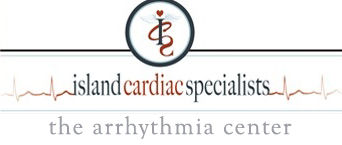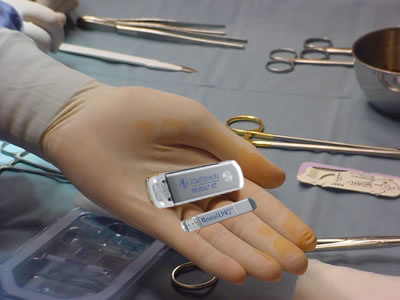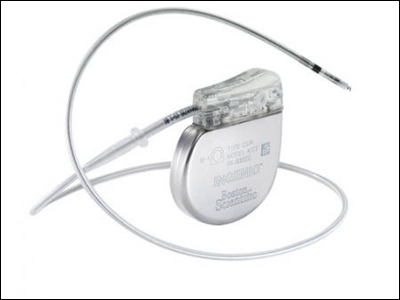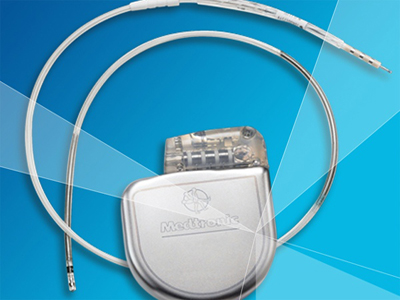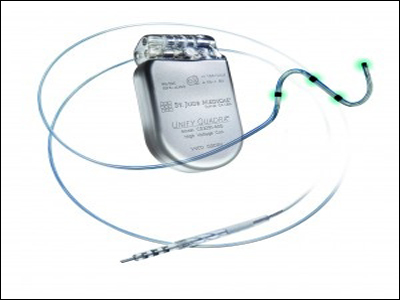|
 |
| DEVICE THERAPY Our physicians provide device therapy for both diagnostic and therapeutic purposes. With over 700 invasive cases performed each year, we have had experience and success with the most technically challenging procedures. But procedural excellence is just one part of the puzzle. The biggest challenge in device therapy is identifying patients who truly benefit from implantation. Too often, patients who may not benefit from devices receive them while patients who do need devices are never offered them. We believe in being as meticulous and deliberate in the office as we are in the operating suite.
|
The Arrhythmia Center at ICS • 516-877-2626 • 1401 Franklin Avenue, Garden City, NY 11530 |
